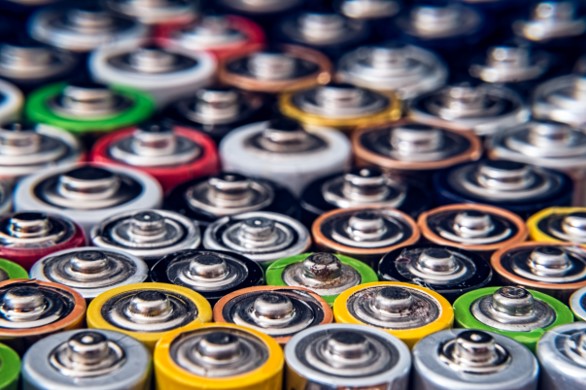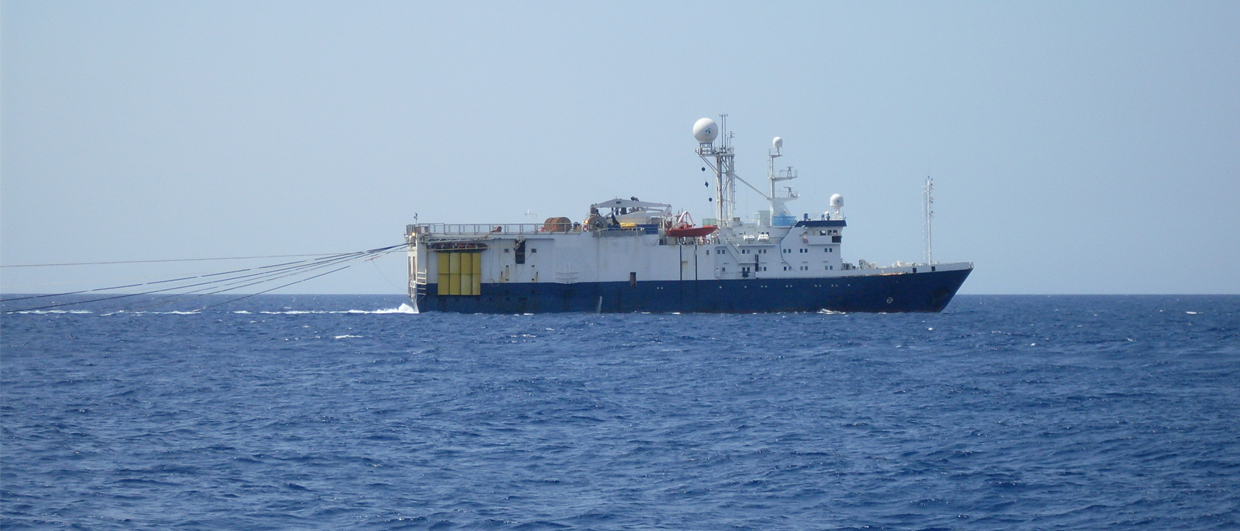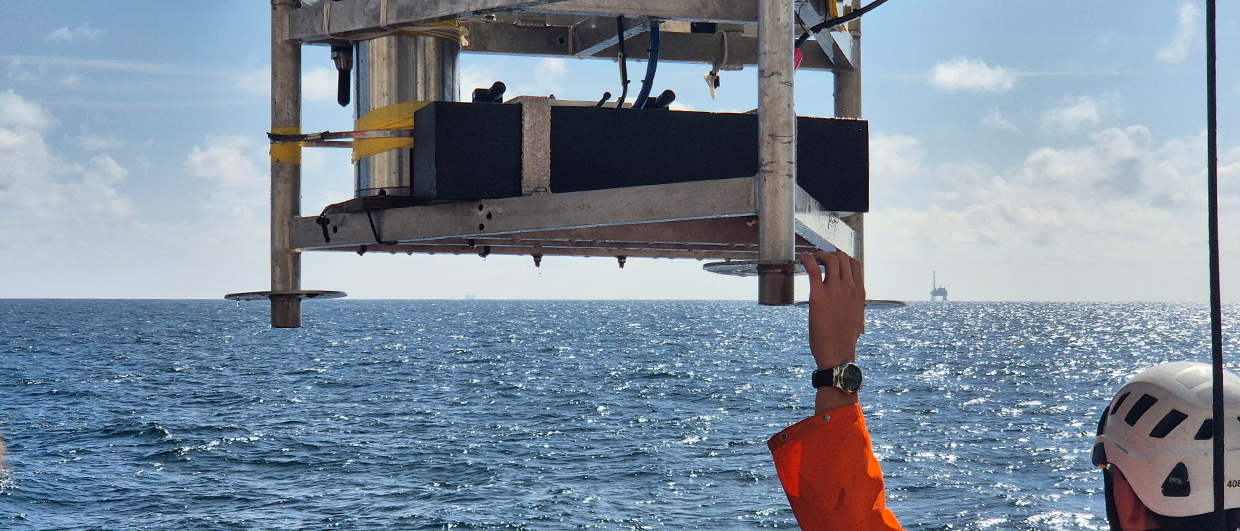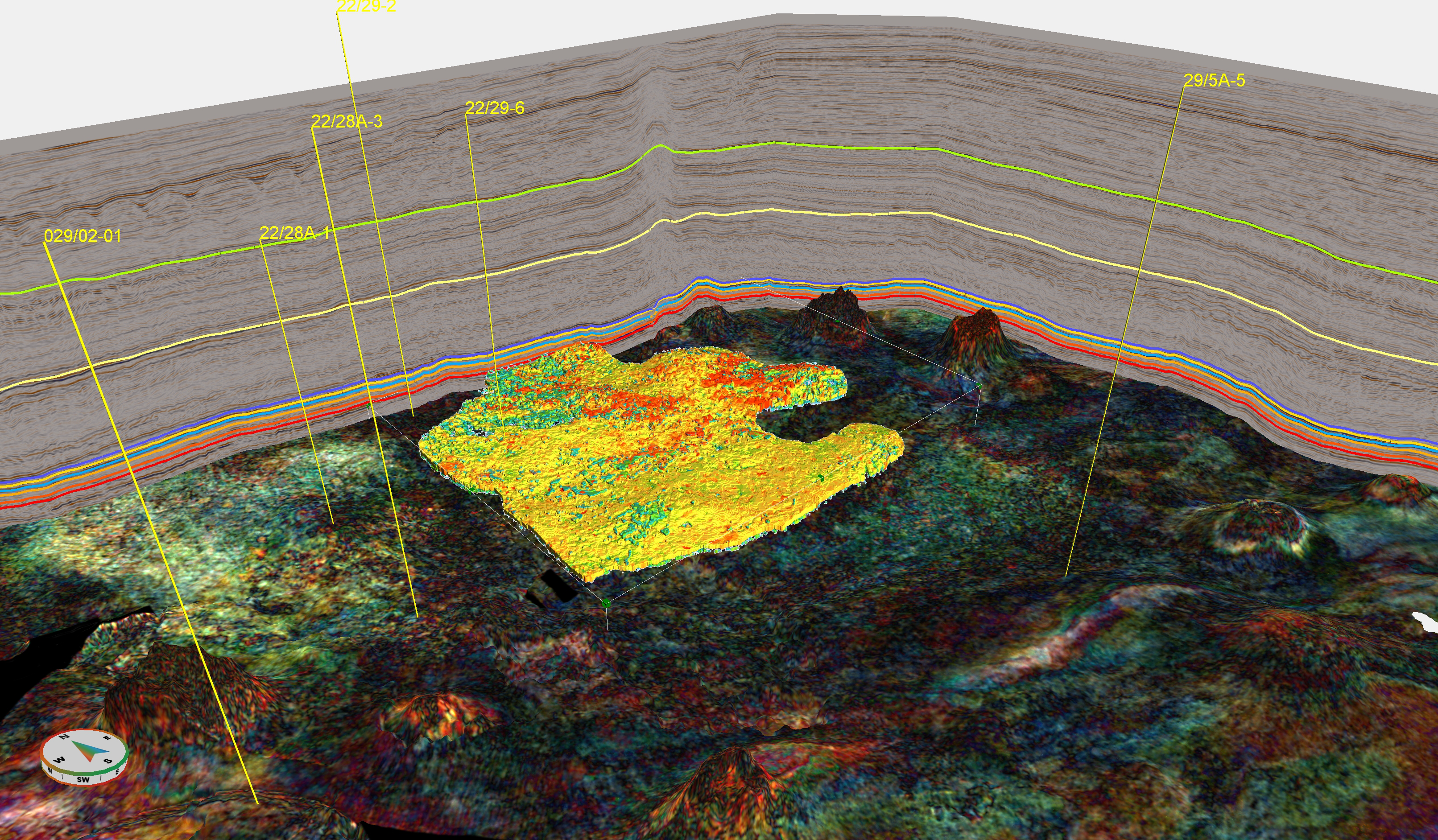How to store excess electrical energy when there is a surplus generated by wind and solar and how to supply energy when the wind doesn’t blow and the sun doesn’t shine? It is a major issue that has the potential to slow down the transition to a fully renewable energy mix.
Researchers from Royal Holloway and University College of London have studied a novel concept that has the potential to overcome this problem: through the storage of electrical energy on a large scale in subsurface “flow batteries”.
In a paper that is currently under review for a Special Publication of the Geological Society of London, but that is already available as a pre-print via EarthArXiv, the authors describe the concept and also discuss the hurdles that are still to overcome.
The basic idea of a subsurface flow battery is the storage of electrolytes (a fluid that conducts electricity) in high-porosity, high permeability aquifers. For a working battery, two aquifers will be needed, one containing the analyte and the other a catalyte.

As the researchers state, the electrolytes used will be denser than normal subsurface brines and therefore they will occupy the lower portions of reservoirs. In that sense, they do not compete for reservoir space with solutions such as CO2 or hydrogen, as these will migrate to the crests of a trap.
The paper further explains how a reservoir of ~100 m thickness, 2 Darcy permeability and 10% porosity should be able to provide a couple of weeks of backup electricity at a well spacing of 300 m.
If a multi-Darcy reservoir is required for the effective implementation of a subsurface flow battery, there are a number of candidates in the North Sea. Probably the most wide-spread one are Cenozoic unconsolidated sands, which tend to have multi-Darcy permeabilities. However, as fluids will be pumped in and out of the reservoir frequently, sand screens will probably be required to prevent sand production issues.
There are significant hurdles to overcome too.
A big flow battery on a platform is needed. With a power output of 736 MW, a cube the size of side 72 m will be required, which is similar to a large offshore oil and gas production platform.
Then there is the effect of parasitic hydrogen generation, contamination of the electrolyte fluid by contact with mineral surfaces and the precipitation of minerals clogging up the reservoir pore space.
So, there are still a lot of hurdles to take, as the authors also admit, but the concept is interesting. It does not interfere with other initiatives such as CCS and it provides a potential solution for the intermittent nature of renewable power.
HENK KOMBRINK





